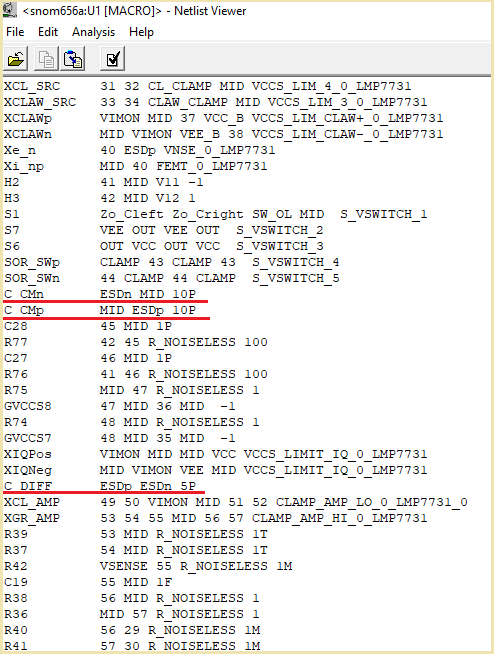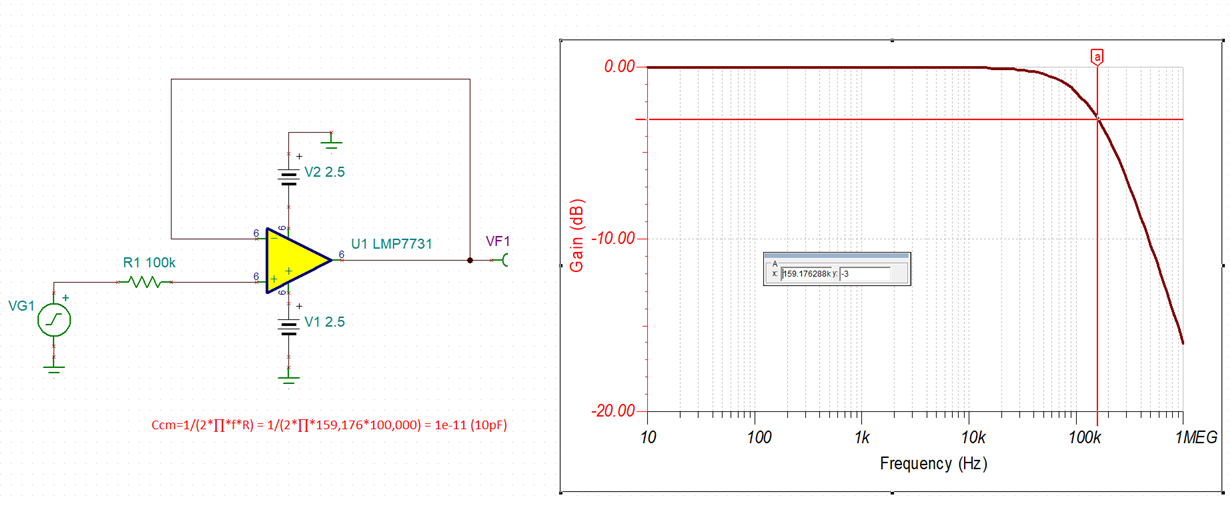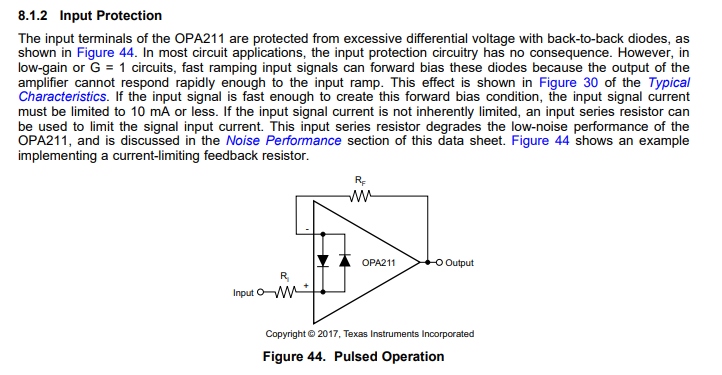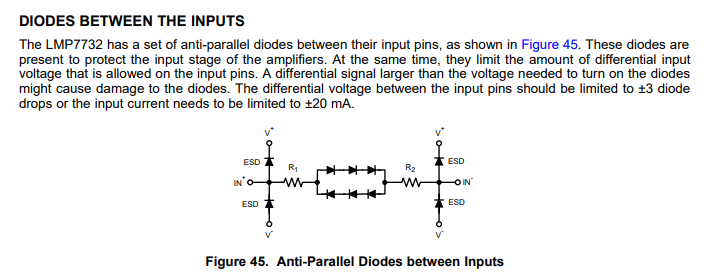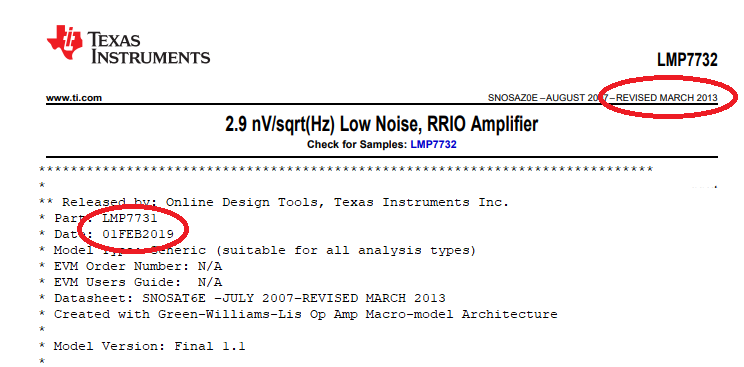Other Parts Discussed in Thread: OPA211, OPA2810
Dear team,
our customer is interested LMP7732. For stability analyses, the need the differential and common-mode capacitance value. However, they are not listed in the data sheet - we could only see the Input Resistance on page 4.
Can you please provide the data?
Thanks and best regards
Martin


